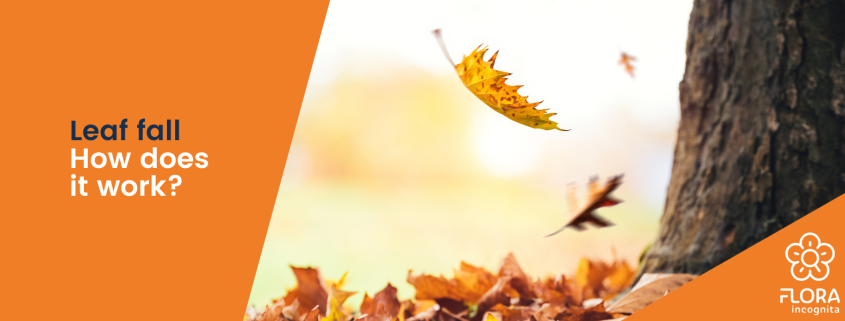Autumn Leaves: What Lies Behind the Explosion of Colors and Rustling Leaves?
Magical Autumn
Green, yellow, red, brown leaves in all transitional phases currently call for long forest walks, providing atmospheric nature experiences and creative inspirations. However, there’s nothing magical behind this: decomposition and substance transport are responsible for the transformation. The aging process is known as senescence, and the eventual leaf fall is termed abscission. Let’s take a closer look at both:
Senescence – the Last Chapter of Phenology in the Year
Genetically controlled and dependent on available energy, leaves age in autumn. They take in less and less CO2 and eventually cease photosynthesis altogether. When the leaves fall to the ground, this is measurable through remote sensing. The so-called “browning,” the brownish appearance of the ground beneath the bare tree, marks the end of the phenological year. But why do deciduous trees shed their leaves?
Leaf Shedding – Threefold Genius
Leaves evaporate large amounts of water, around 300 to 600 liters per square meter of leaf area per year in a beech tree, for example. Roots absorb the necessary water from the soil, which is not possible when it’s frozen. The tree would dry out. By shedding leaves, this flow of water is stopped, and the tree survives the winter unscathed. But there are two more important advantages that come with leaf fall: the environmental toxins accumulated and stored in the leaves are disposed of, and bare trees withstand snow loads better.
The Chemistry of Autumn Colors
The vibrant colors of the autumn forest are present in the leaves throughout the year but masked by green chlorophyll! When chloroplasts, the storage sites of chlorophyll, are transformed into gerontoplasts within cells, chlorophyll breaks down, revealing other pigments. Carotenoids appear yellow-orange, and anthocyanins bring out red tones – incidentally, as a stress response to excessive sunlight. The red pigments act as a shield against intense sunlight and ensure that chlorophyll breakdown occurs in dying leaves even on cold, sunny autumn days.
How Does Leaf Fall Work?
When exactly a leaf falls from a branch depends on various factors. There is a genetic component for each species, but also site characteristics such as altitude, temperature, day length, and wind play a role. Decreasing availability of light and warmth activates phytohormones, and at the end of the leaf stalk, an anatomical process of change occurs: a separation tissue forms where middle lamellae, cell walls, or entire cells dissolve. Eventually, the leaf’s own weight is enough for it to fall to the ground.
This article was featured as a story in the Flora-Incognita app in autumn 2023. In the app, you can find exciting information about plants, ecology, species knowledge, as well as tips and tricks for plant identification. Why not take a look!

